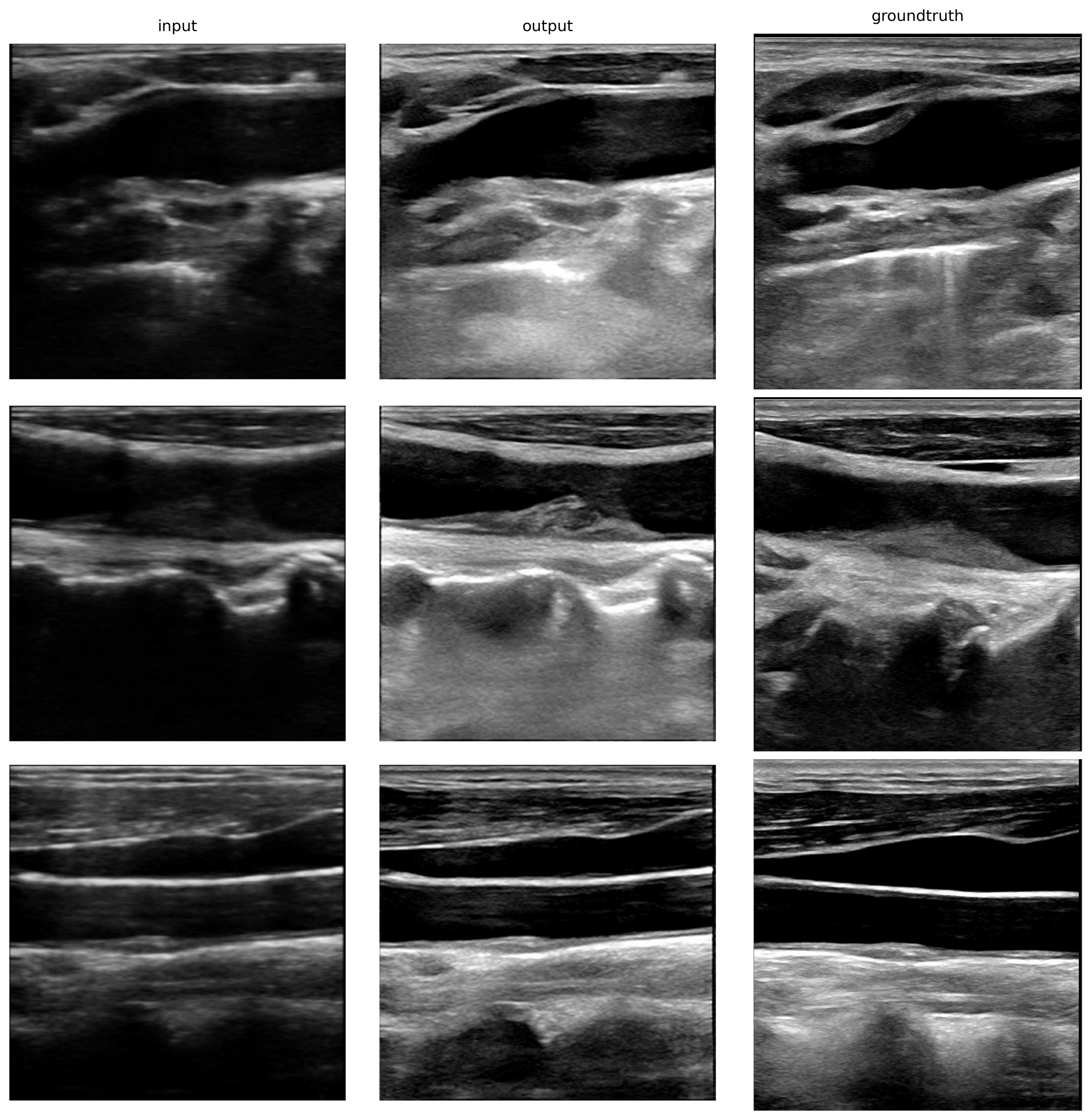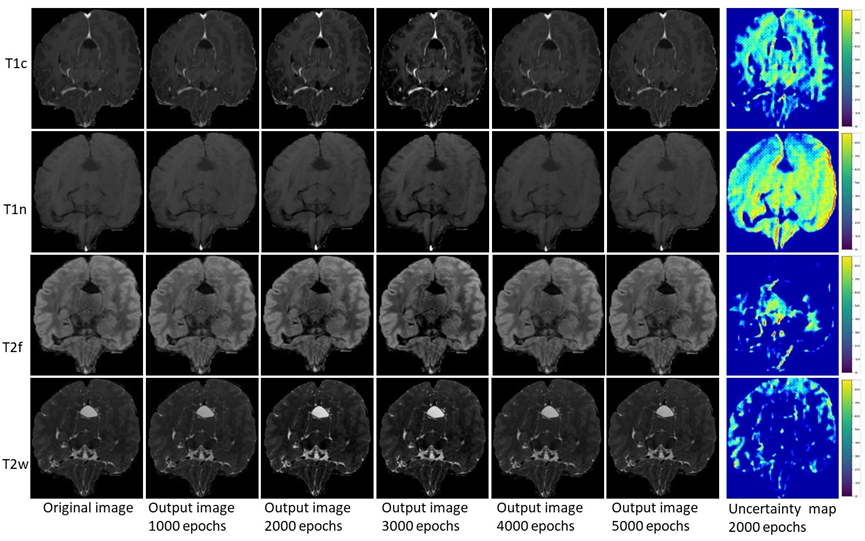Mobile ultrasound devices play a crucial role in emergency and family doctor services, providing valuable diagnostic capabilities in a portable form factor. However, when compared to traditional medical ultrasound equipment, there is still scope for improvement in terms of image quality.
This study has introduced some innovations to enhance the super-resolution reconstruction of medical ultrasound images, particularly for mobile ultrasound devices. By optimizing the CycleGAN network’s generator with a novel set of hyperparameters and convolution kernels, our method has successfully extracted multiscale features more effectively, thereby significantly improving the quality of the reconstructed images and making them controllable. Additionally, employing paired and unpaired ultrasound images alongside natural images in the training process has enabled our model to acquire a more robust understanding of ultrasound-specific features. This is an advancement in leveraging the capabilities of natural cognition to enhance medical imaging. Moreover, the perceptual loss module addresses the critical issue of information loss that plagues traditional methods. This module’s ability to deeply extract and integrate features into the network loss function marks a leap forward in pursuing perceptual consistency and fidelity in ultrasound image super-resolution.



